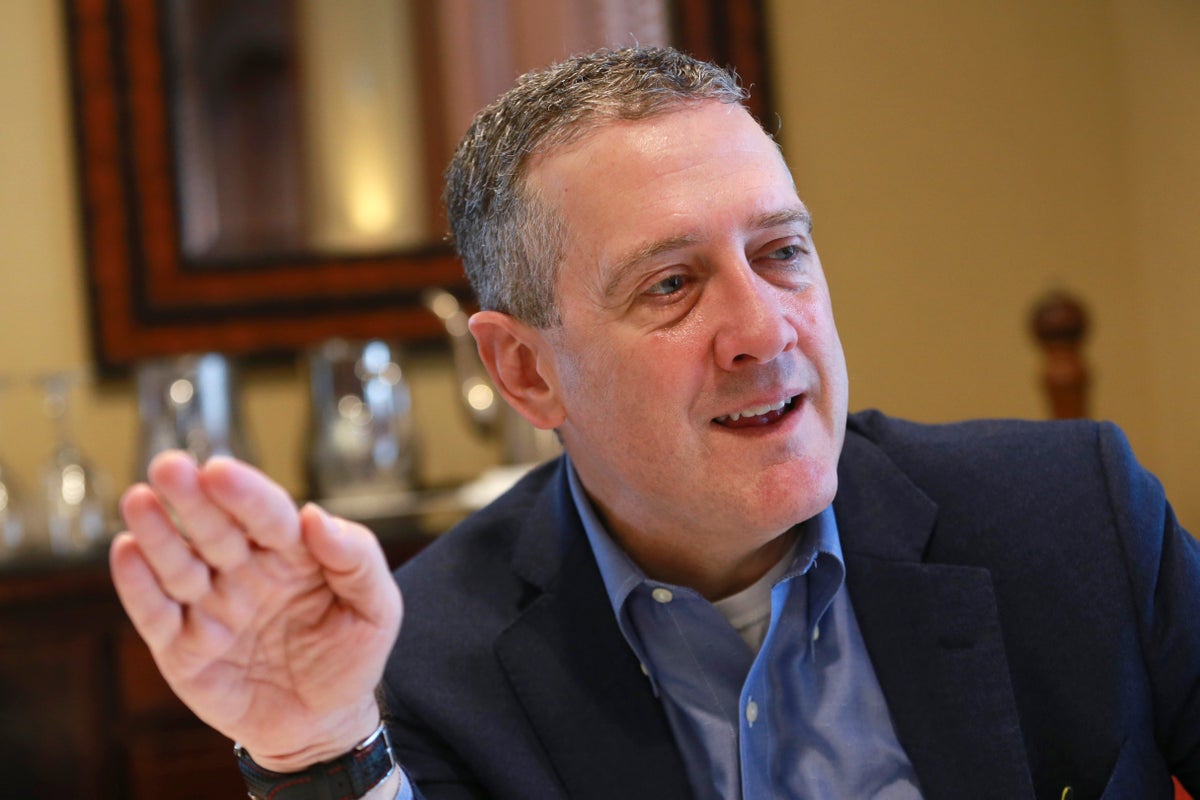
The Federal Reserve may have to raise its benchmark interest rate much higher than it has previously projected to get inflation under control, James Bullard, who leads the Federal Reserve Bank of St. Louis, said Thursday.
Bullard's comments raised the prospect that the Fed's rate hikes will make borrowing by consumers and businesses even costlier and further heighten the risk of recession. Wall Street traders registered their concern by sending stock market futures further into the red early Thursday. The Dow Jones Industrial Average was down about 330 points shortly before trading began.
Bullard's remarks followed speeches by other Fed officials in recent days that suggested they see only limited progress, at most, in their use of steadily higher rates to fight inflation.
The Fed's key short-term interest rate “has not yet reached a level that could be justified as sufficiently restrictive,” Bullard said. “To attain a sufficiently restrictive level, the policy rate will need to be increased further.”
The Fed is seeking to raise borrowing rates to a level that restrains economic growth and hiring in order to cool inflation.
The central bank has rapidly raised its benchmark rate by an aggressive three-quarters of a point at each of its last four meetings — the fastest series of hikes since the early 1980s. The cumulative effect has been to make many consumer and business loans costlier and to raise the risk of a recession.
Those increases have boosted the Fed's short-term rate to a range of 3.75% to 4%, up from nearly zero as recently as last March, to the highest level in nearly 15 years.
Bullard suggested that the rate may have to rise to a level between 5% and 7% in order to quash inflation, which is near a four-decade high. He added, though, that that level could decline if inflation were to cool in the coming months.







